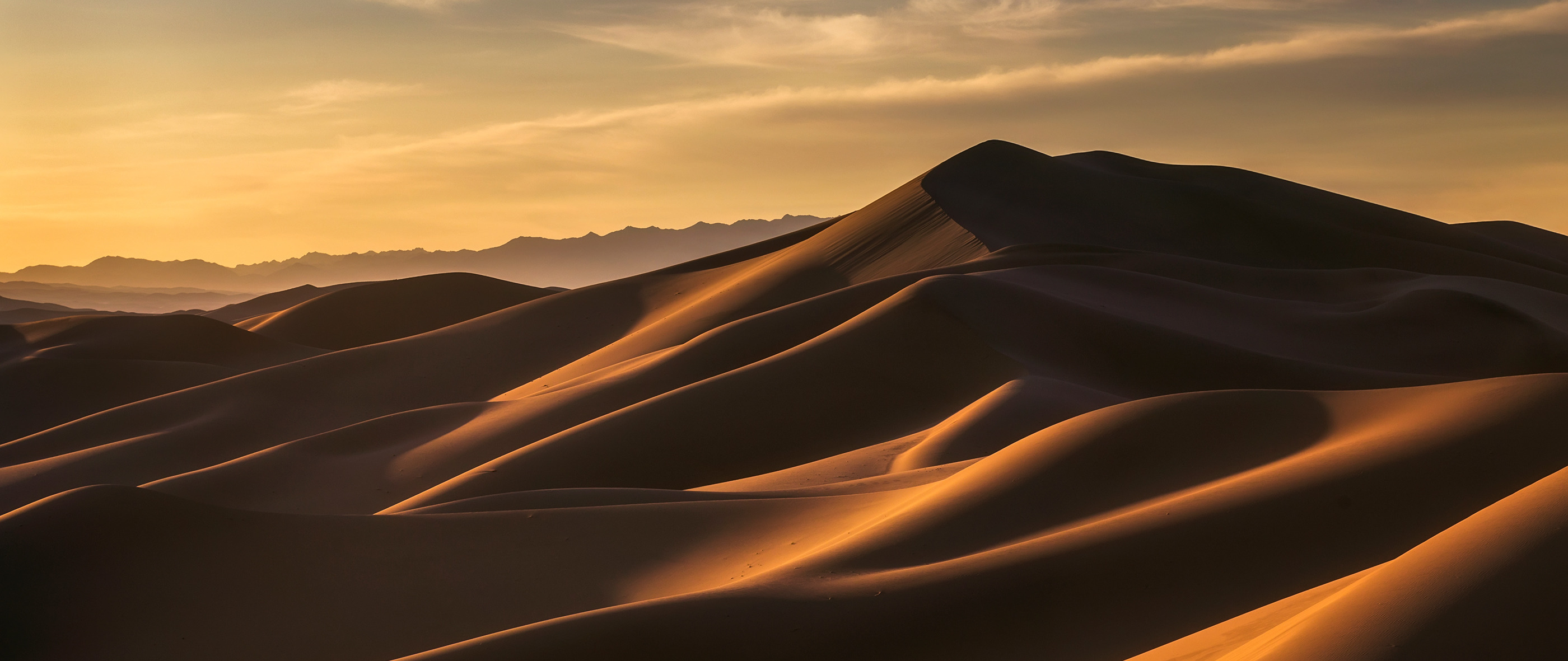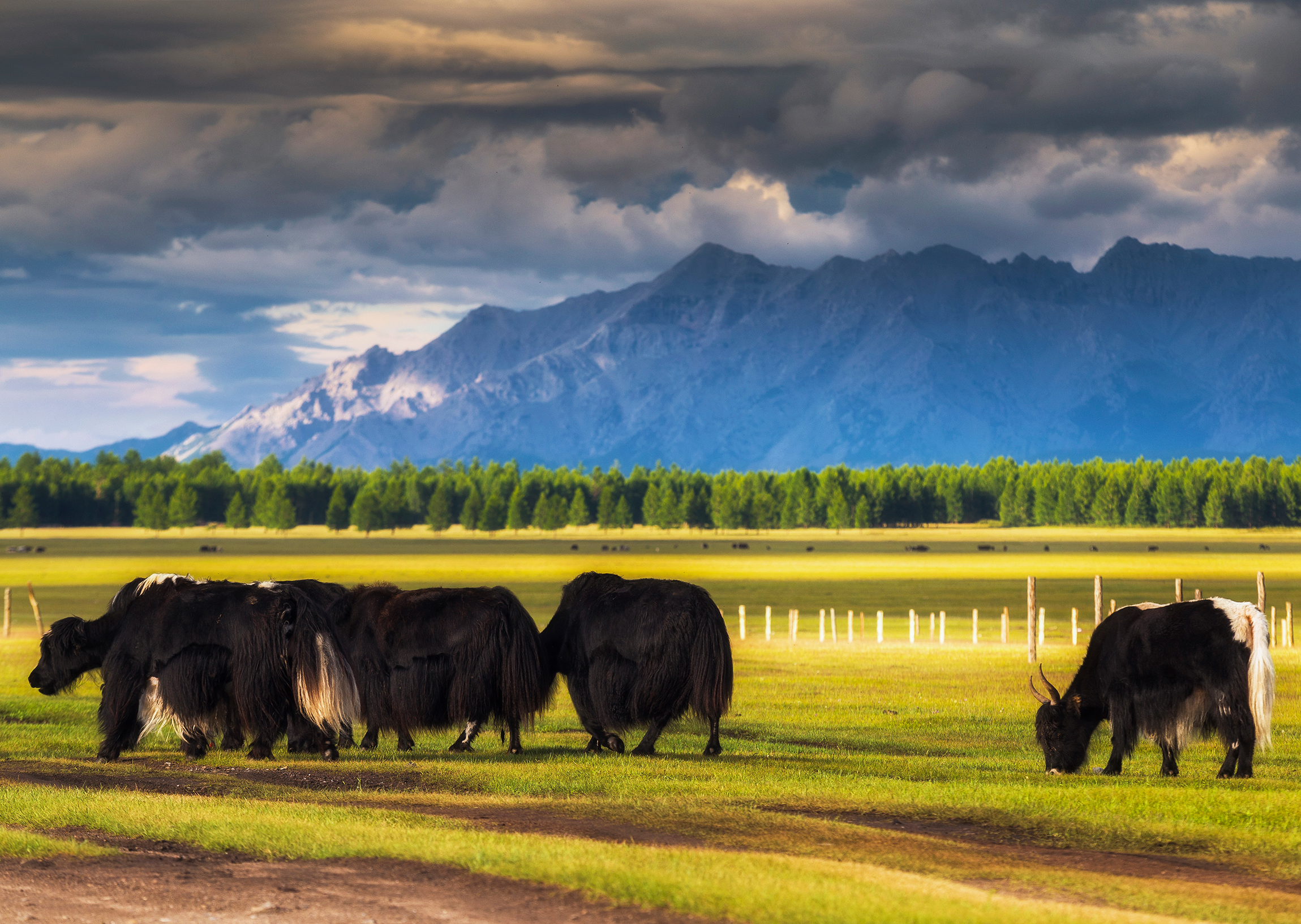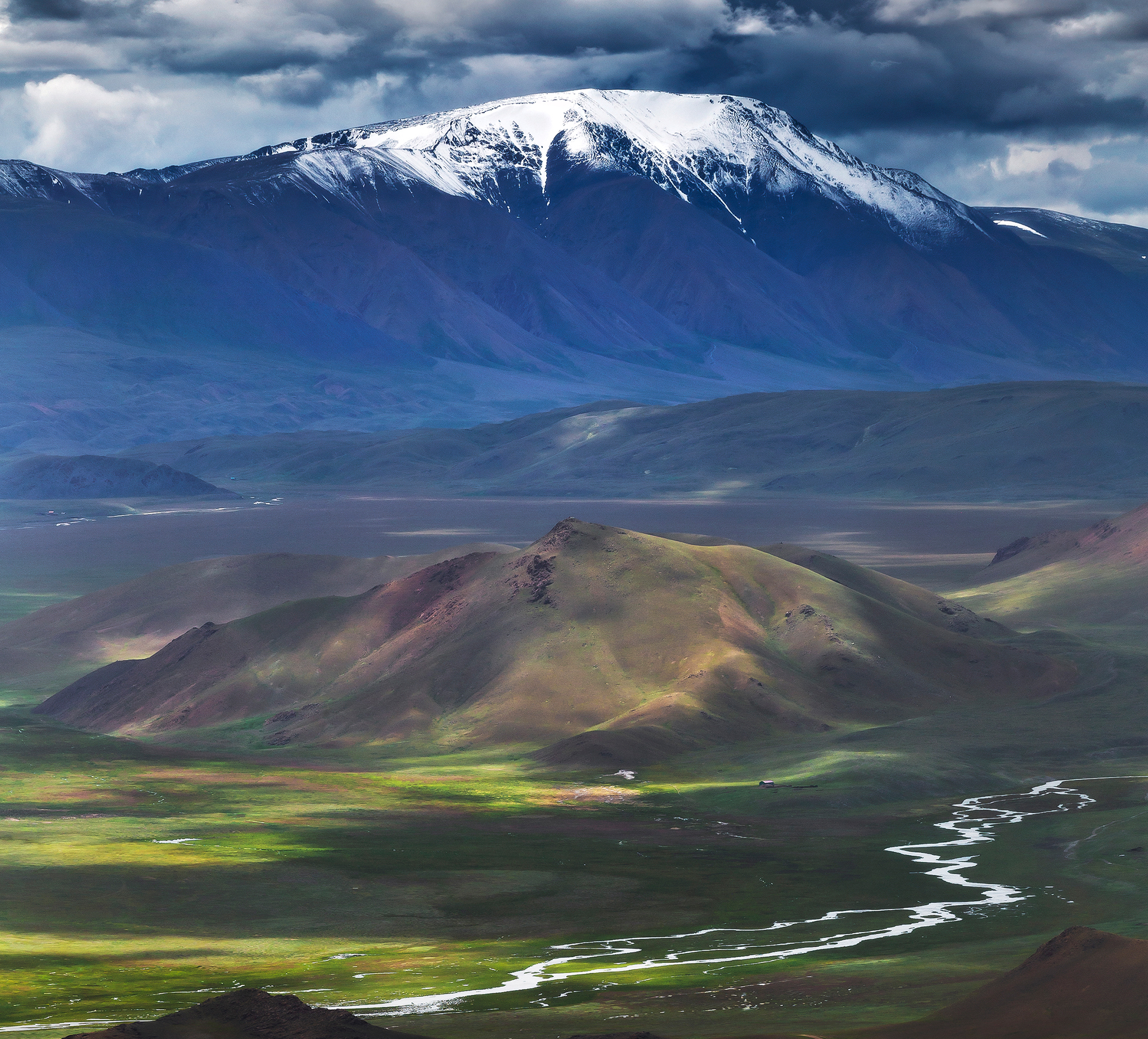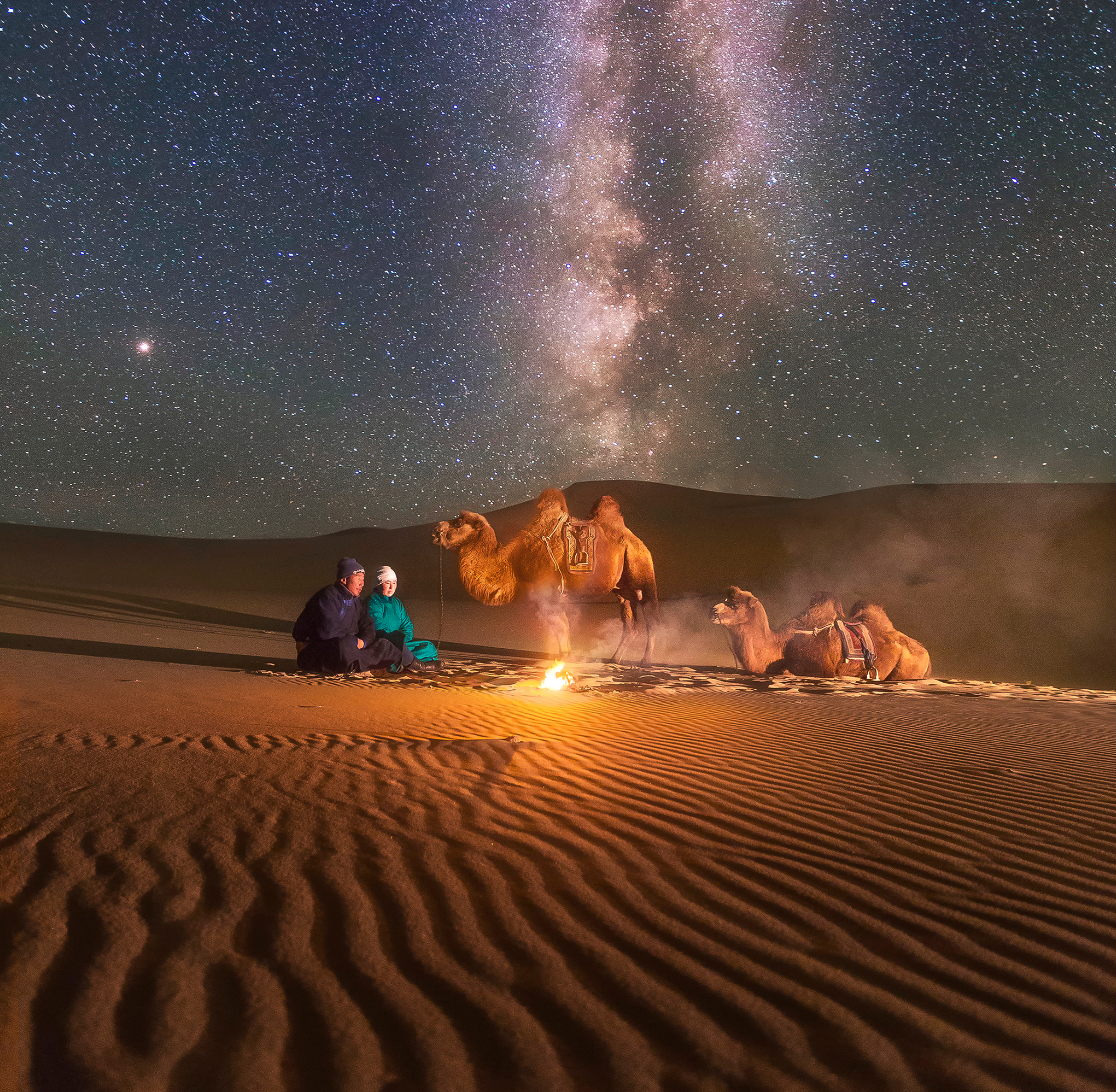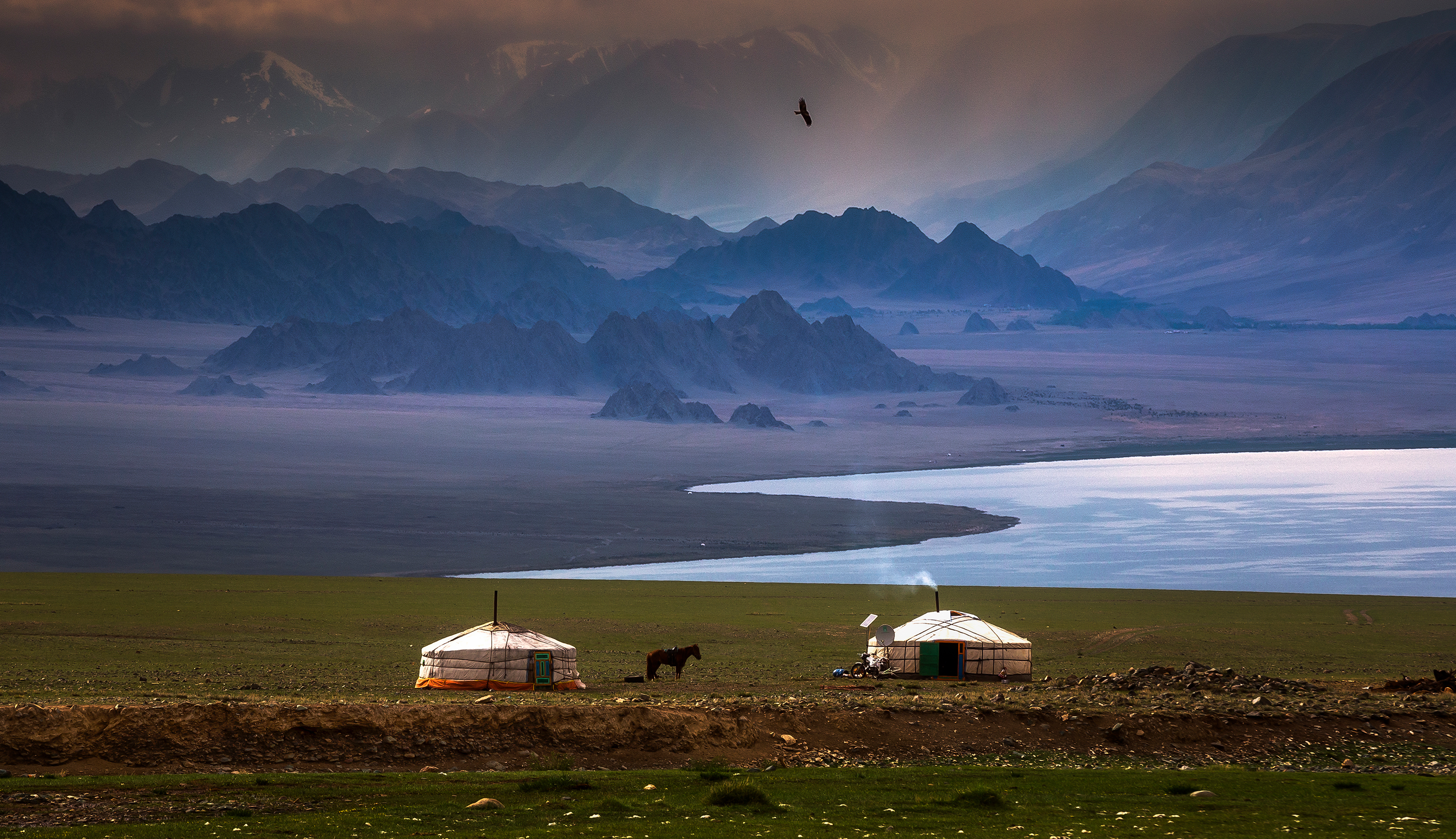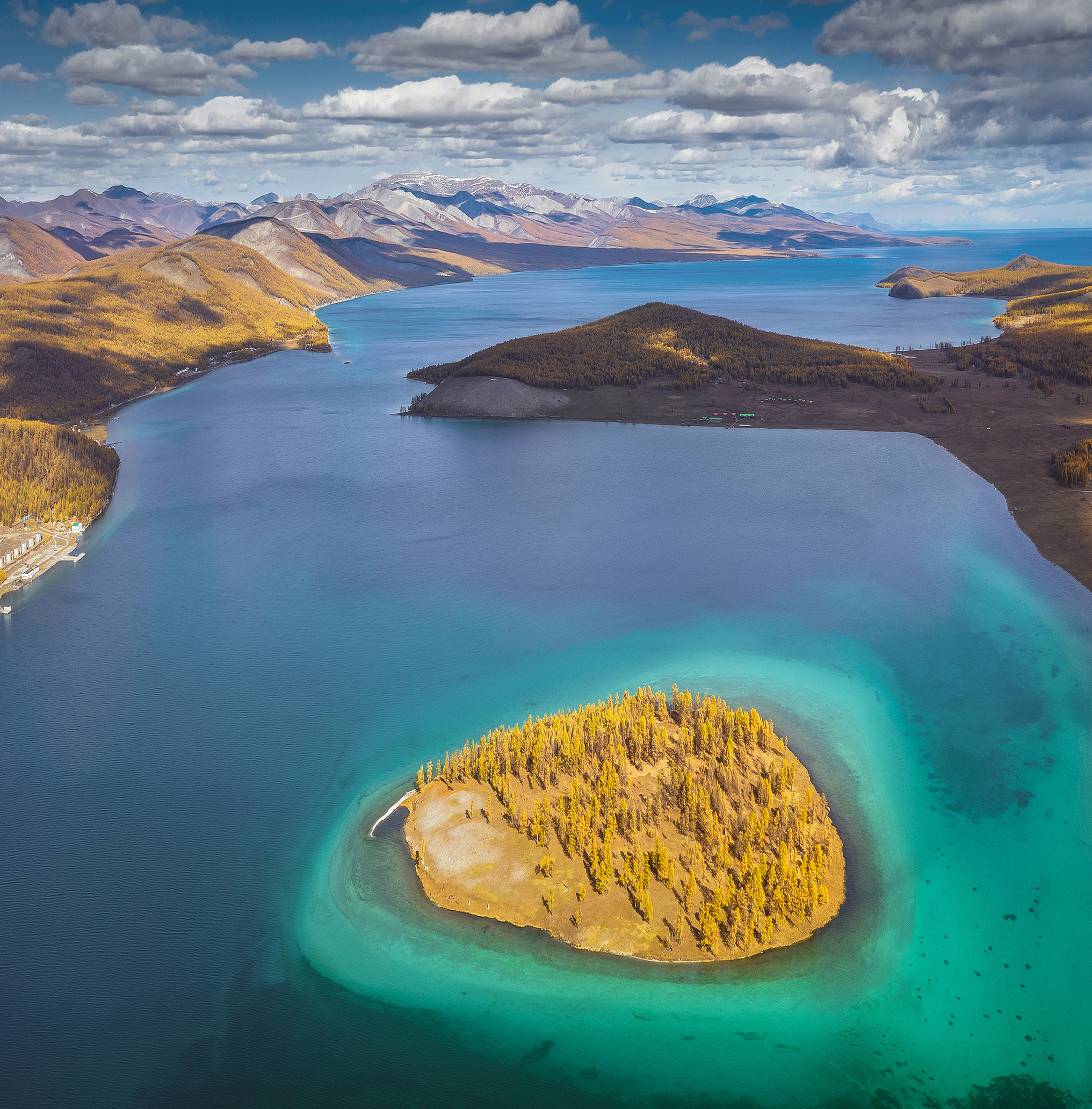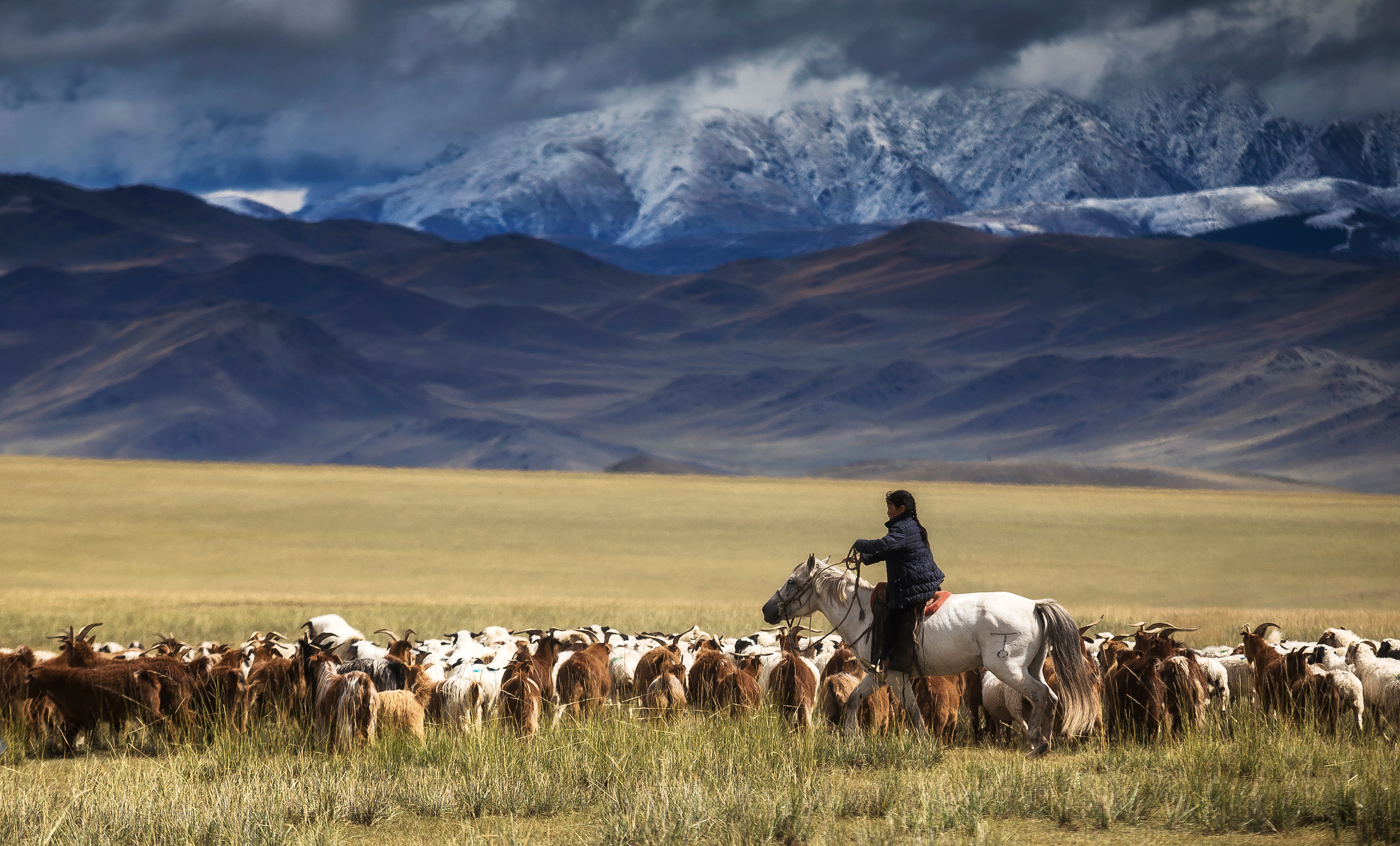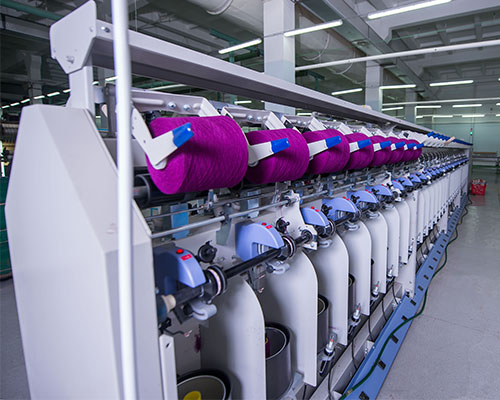As the cold winter comes closer to an end and the warmth emerges,
natural exfoliation begins to gently peel the cashmere off of the goat. Depending
on how long this natural process takes, Mongolian herders comb the cashmere hair to
ensure an efficient technique.
Researchers have confirmed the soft, light-weight, non-bacterial
and moisture-absorbing properties Mongolian cashmere has to offer. Along with these
features, they have also verified the 99% heat-retention and insulating properties
that Mongolian cashmere is famously known for.
Erdenet Cashmere combines all these properties to provide its
customers with a high-quality, stable and cost-effective product that is
manufactured with great attention to detail and care.
